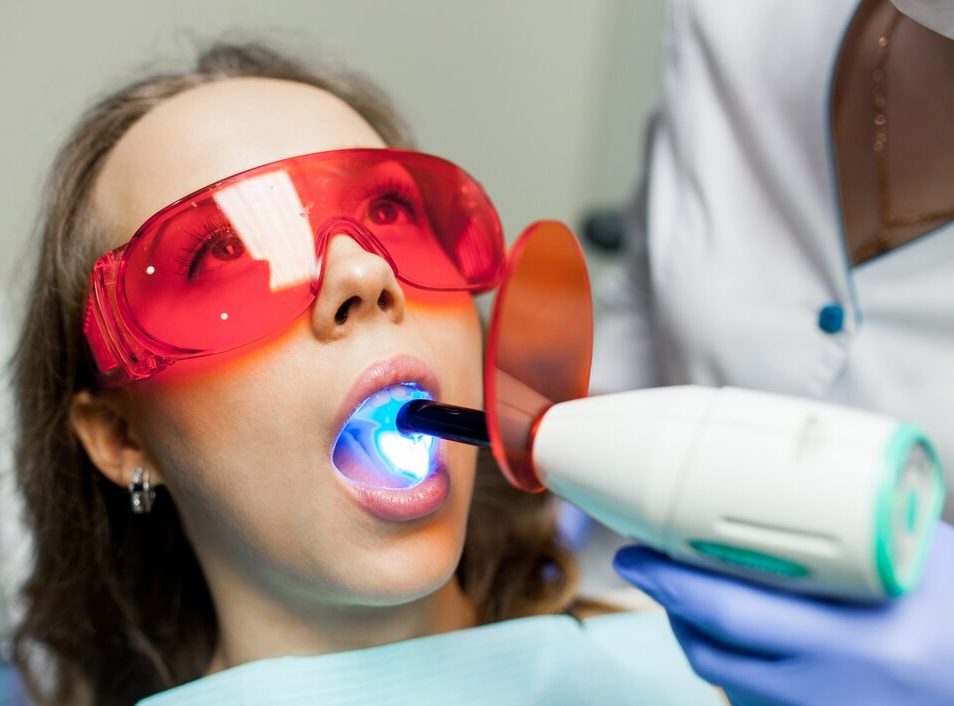Periodontal disease, which includes inflammation of the gums and supporting structures of the teeth, is a common oral health issue that can lead to tooth loss if left untreated. In an effort to enhance treatment effectiveness and reduce patient discomfort, laser technology is increasingly being used in periodontal disease treatment. This article explores the effectiveness and safety of laser use in periodontal treatment.
What is Periodontal Disease?
Periodontal disease begins with gingivitis, an inflammation of the gums caused by plaque and tartar buildup. If untreated, gingivitis can progress to periodontitis, which can damage the supporting structures of the teeth and even result in tooth loss. Common symptoms of periodontal disease include bleeding gums, bad breath, swollen gums, and loose teeth.
Laser Use in Periodontal Disease Treatment
Dental laser technology has rapidly developed and offers a new approach to periodontal disease treatment. Two commonly used types of lasers include:
- Laser Nd:YAG (Neodymium-doped Yttrium Aluminium Garnet): Often used to remove infected tissue and disinfect the affected area.
- Diode Laser: Known for its ability to eliminate bacteria without damaging surrounding tissue.
Effectiveness of Laser Use
Research has shown that laser use in periodontal disease treatment offers several benefits, including:
- Bacterial Reduction: Lasers effectively reduce bacteria in periodontal pockets, which is crucial in controlling infection.
- Minimal Tissue Loss: Due to laser precision, infected tissue can be removed without harming surrounding healthy tissue.
- Faster Healing Time: Patients treated with lasers generally experience shorter recovery periods compared to conventional methods.
- Reduced Pain and Discomfort: Many patients report less pain after laser treatment compared to other treatment options.
Safety of Laser Use
Laser use in periodontal treatment is considered safe, provided it is performed by trained and experienced professionals. Some key safety considerations include:
- Professional Expertise: Only licensed and trained dentists or periodontists should use laser technology.
- Prevention of Tissue Damage: With proper technique, the risk of harming healthy tissue can be minimized.
- Minimal Side Effects: Although there are some risks, such as inflammatory reactions or gum discoloration, serious side effects are rare.
***
The use of lasers in periodontal disease treatment demonstrates promising effectiveness in reducing infections and accelerating healing. With advantages such as reduced pain and shorter recovery times, lasers can be a beneficial option for patients seeking periodontal treatment. This advancement also supports Sustainable Development Goals (SDGs), particularly Goal 3 (Good Health and Well-being), Goal 4 (Quality Education), and Goal 9 (Industry, Innovation, and Infrastructure).
However, it is essential for patients to consult with dental professionals to determine the most appropriate treatment method for their condition. As technology advances, the use of lasers is expected to continue evolving, providing better solutions for oral health care in the future.
Author: Rizky B. Hendrawan | Photo: Freepik



